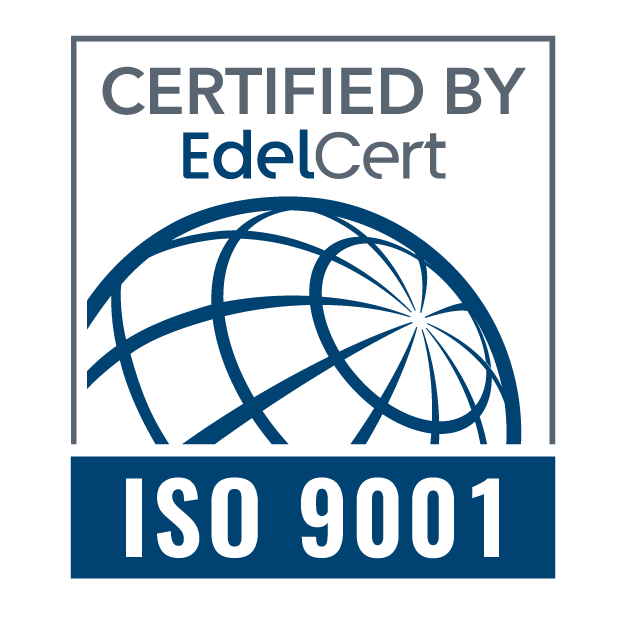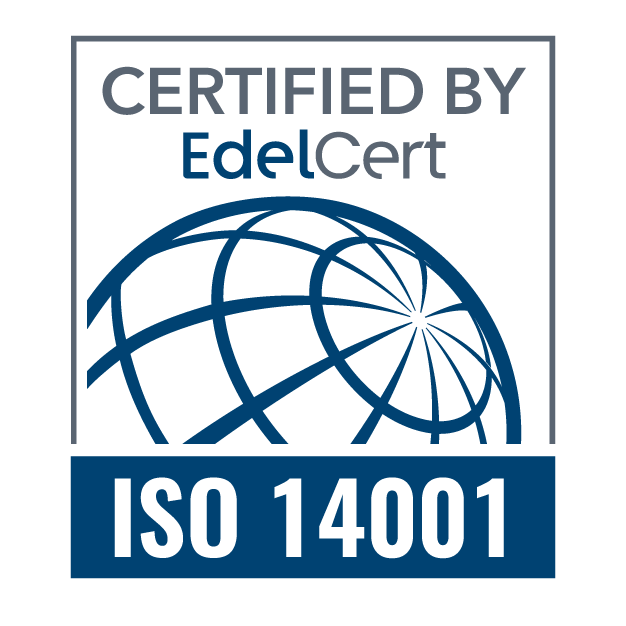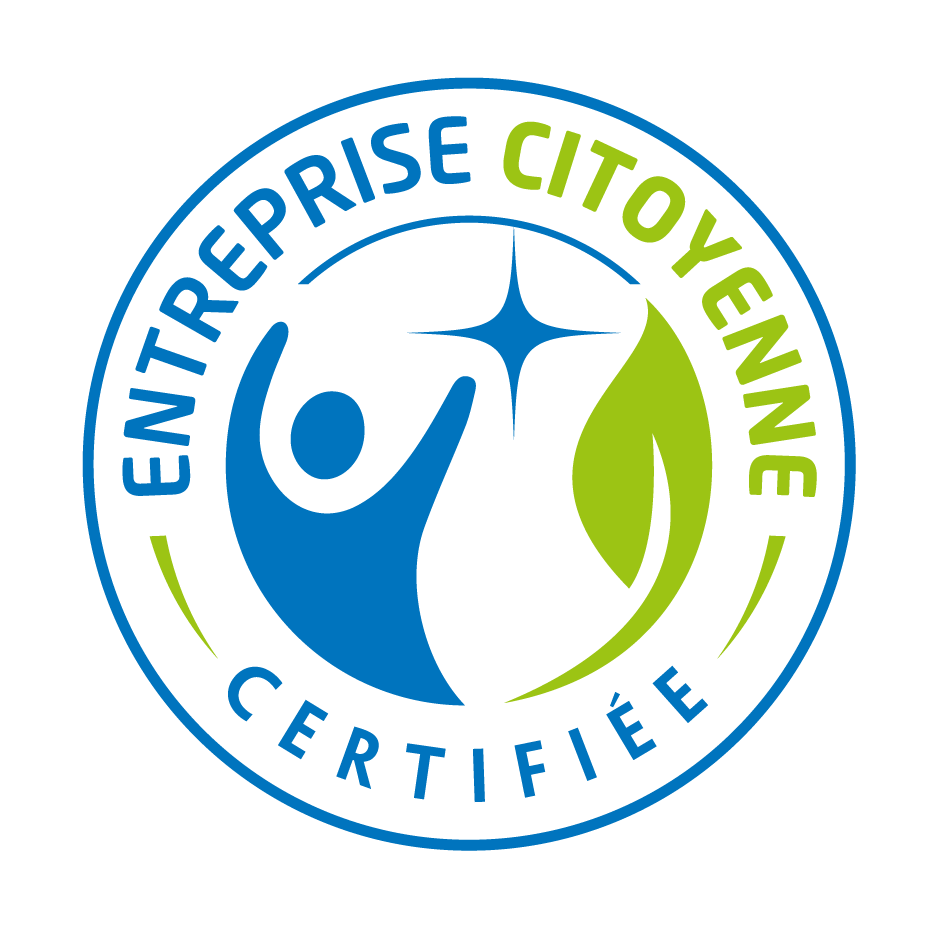Traitement de surface
L'activité qui a fait la réputation de COLORAL est le traitement de surface, à savoir la coloration de matériaux par différents procédés minutieux explicités ci-dessous.
Techniques électrochimiques
Anodisation de l’aluminium
L’anodisation de l’aluminium ou éloxage est un procédé électrochimique qui consiste à faire croître une couche d’oxyde poreuse et colorable à la surface de la pièce. Cette couche possède des caractéristiques uniques, qui améliorent les propriétés mécaniques et tribologiques de la pièce: elle devient anticorrosion et colorable (tout en préservant son caractère métallique).
COLORAL distingue deux types d’oxydation anodique :
- l’anodisation sulfurique décorative
- l’anodisation GL
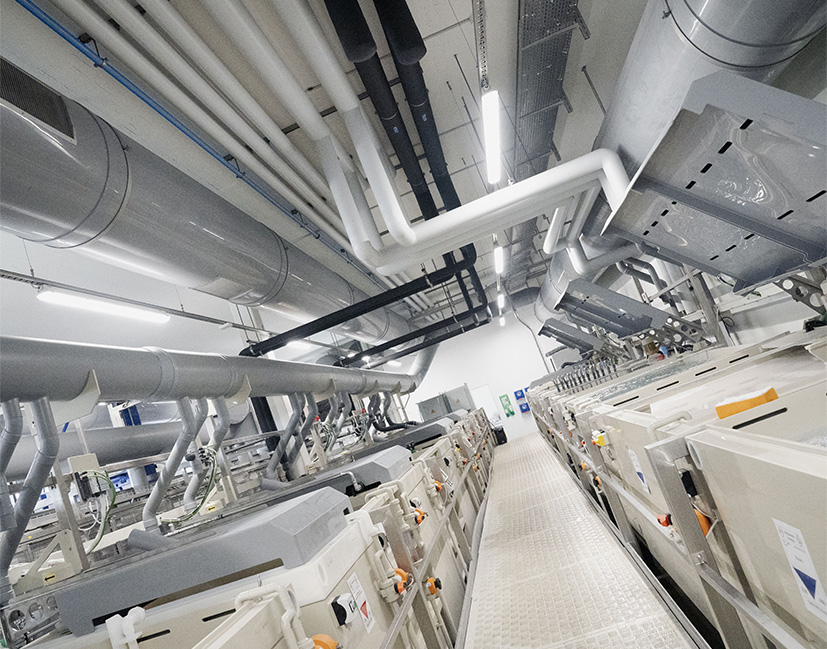
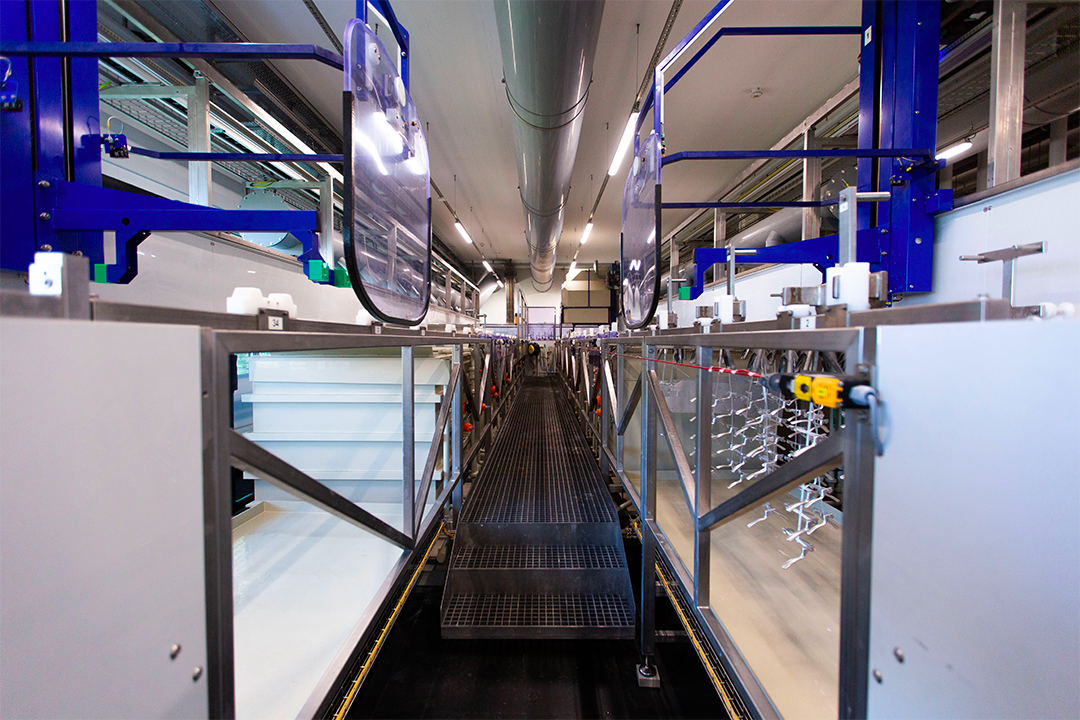
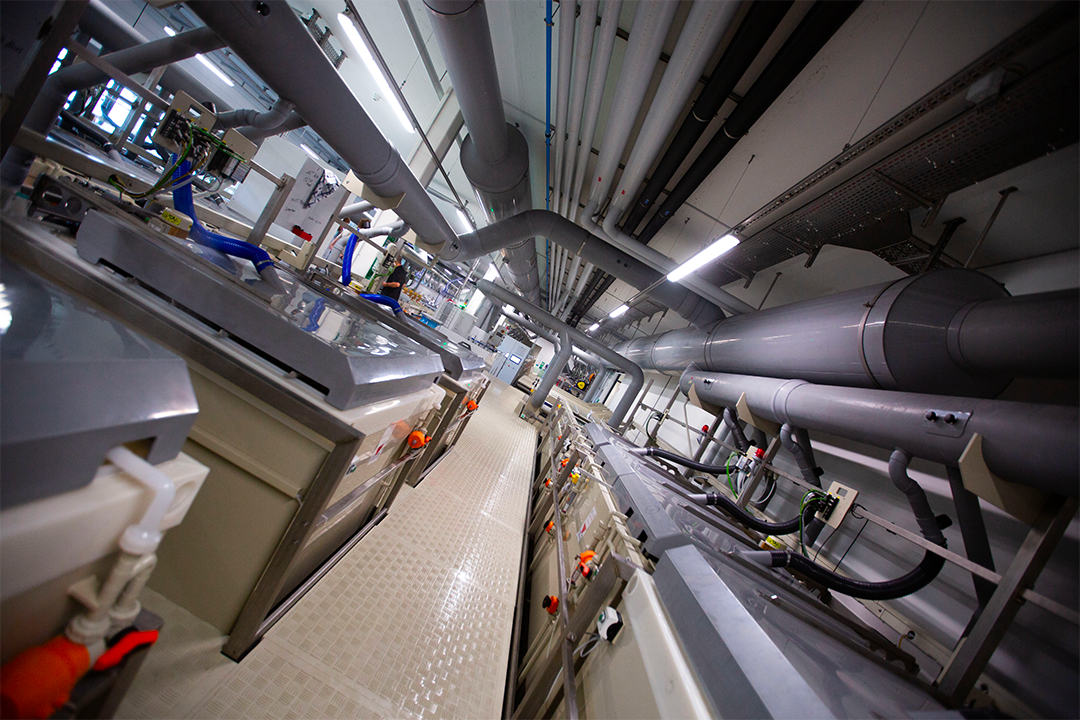
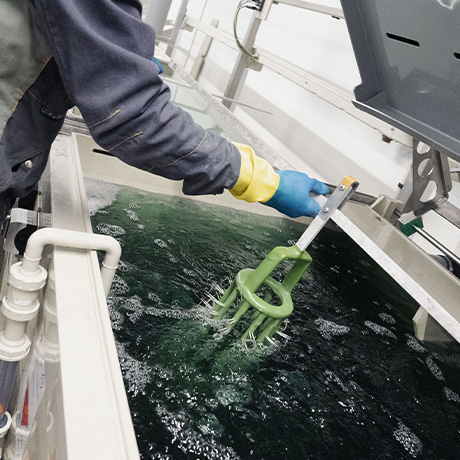
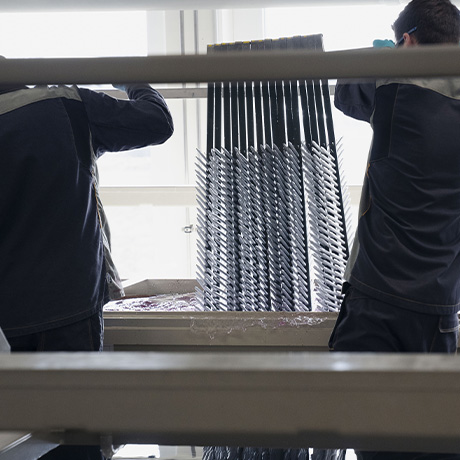
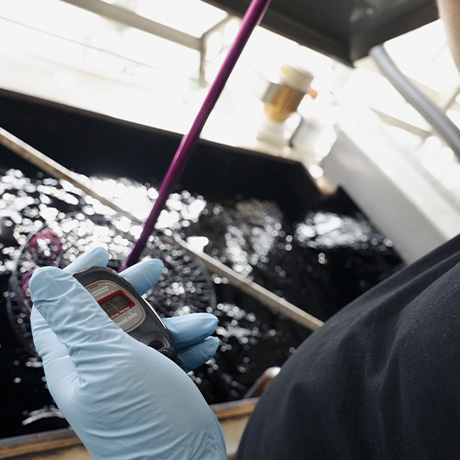
ANODISATION DU TITANE
Tout comme pour l’anodisation de l’aluminium, Coloral propose désormais deux types d’anodisation du titane :
• L’anodisation colorée du titane
• L’anodisation de type 2 suivant la norme AMS2488
L’anodisation colorée du titane ou de ses alliages est un procédé électrochimique qui conduit à la formation d’une couche d’oxyde superficielle très fine et colorée.
Cette couche se comporte comme un filtre interférentiel et sa couleur est liée à l’épaisseur générée. Celle-ci varie en fonction de la tension appliquée suivant un spectre chromatique important.
![]()
Ce traitement permet également d’améliorer la biocompatibilité du produit, d’où son utilisation pour des implants médicaux.
Les applications sont nombreuses : médical, horlogerie, bijouterie, joaillerie, aéronautique etc…
Coloral dispose d’une installation permettant de préparer et d’anodiser des pièces avec un encombrement maximal jusqu’à 800 x 800 x800 mm
L’anodisation de type 2 suivant la norme AMS2488 sur du titane Grade 5 est un processus électrolytique spécifique qui permet de créer une couche d’oxyde de titane de quelques microns. La couleur du revêtement obtenu est gris-anthracite.
Ce revêtement permet d’obtenir des caractéristiques intéressantes telles que :
• Meilleure résistance au frottement, réduction de l’usure
• Anti-grippage
• Meilleure résistance à la fatigue
• Meilleure résistance à la corrosion
Ce traitement permet également d’améliorer la biocompatibilité du produit d’où sa réalisation sur des implants médicaux.
Les applications sont nombreuses : médical, horlogerie, aéronautique
Coloral dispose d’une installation permettant de préparer et d’anodiser des pièces avec un encombrement maximal jusqu’à 800 x 800 x 800 mm
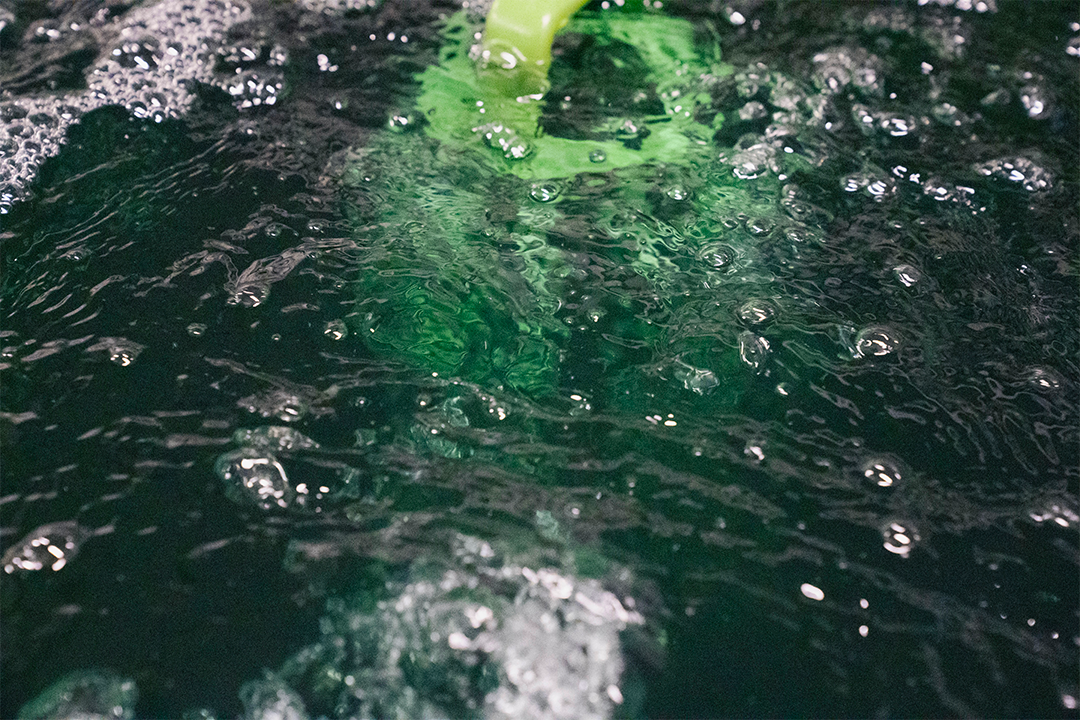
Conversions chimiques (Alodine)
COLORAL propose deux types de conversions. A savoir l’alodine 160/161 conférant une couleur jaunâtre aux pièces et l’alodine 400 de couleur neutre. Ces traitements permettent de protéger l’aluminium contre la corrosion tout en lui laissant sa conductivité électrique et sont compatibles avec les normes ROHS. Ces traitements sont également utilisés comme sous-couche avant peinture.
Techniques décoratives
Marquage Laser
Pratiquement tous types de matériaux peuvent étre ornés d’un logo ou de texte. Avec la technique du marquage laser, le faisceau enlève une partie de la matière, le graphisme étant alors fait par contraste.
Cette technique est fréquemment utilisée pour l’aluminium anodisé et coloré. Lorsqu’on enlève la couche d’oxyde colorée, le contraste entre le marquage couleur aluminium et le fond coloré permet d’obtenir un résultat très esthétique.
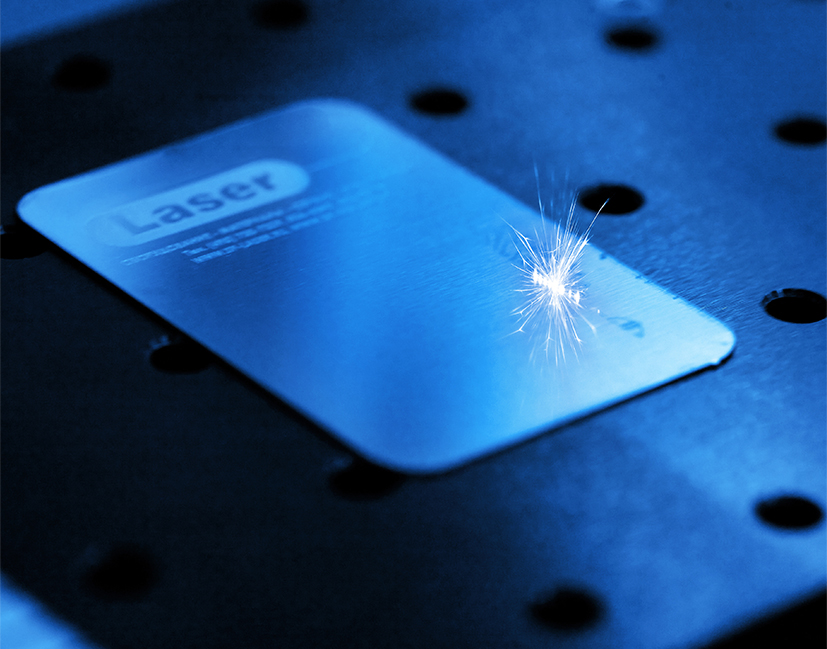
Sérigraphie
Ce procédé permet d’imprimer des logos ou des textes par dépôt d’encre, de vernis épargne ou de laques en ayant recours à des techniques d’insolation de l’écran.
- L’aluprint : Dépôt d’encre de diverses teintes dans la couche d’oxyde.
- L’épargne sélective : Introduction sélective de colorants par capillarité dans la couche d’oxyde.
La sérigraphie permet à la fois de réaliser des impressions plus grandes et de travailler sur des pièces aux formes cylindriques..
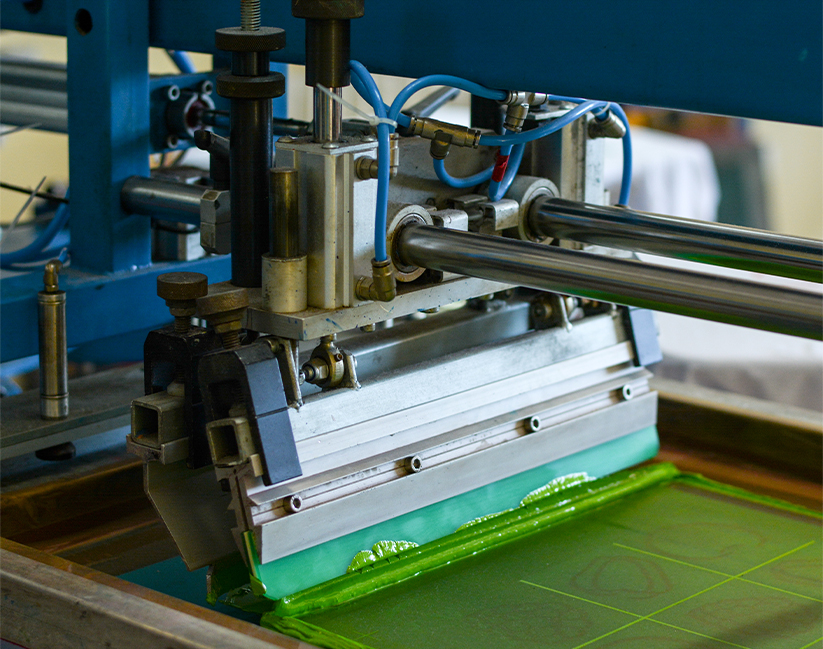
Sablage / Microbillage
Cette technique est basée sur l’utilisation d’une force vive qui frappe la surface de la pièce: la particule ainsi projetee laisse une trace. La somme des milliers de traces laissées sur la pièce donne le résultat final, c’est-à-dire, une impression mate.
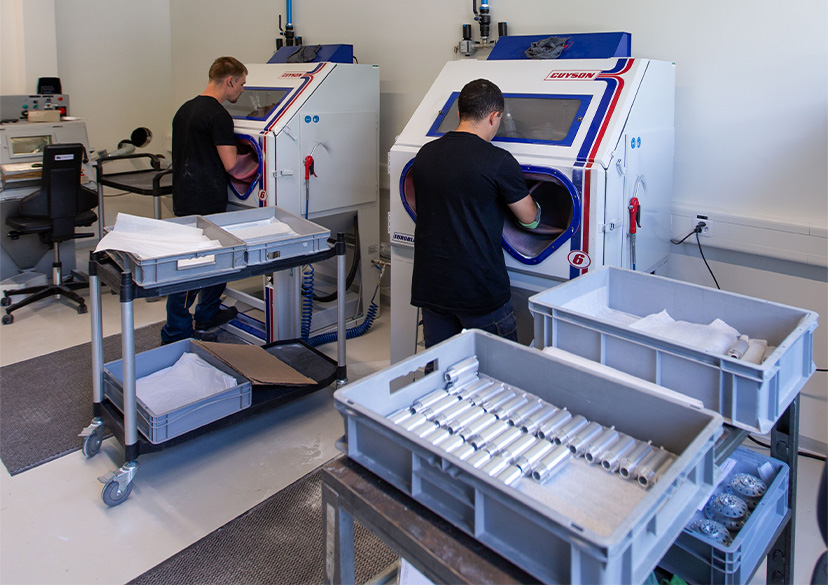
Tampographie
Ce procédé permet d’imprimer des logos ou des textes par transfert d’un cliché à la pièce via un tampon
- Impression dans la couche d’oxyde (marquage non palpable)
- L’aluprint : dépôt d’encre de diverses teintes dans la couche d’oxyde.
- L’épargne sélective : introduction sélective de colorants par capillarité dans la couche d’oxyde. Impressions en surépaisseur. Dépôt de laques diverses sur la couche d’oxyde, le marquage est palpable.
- Impressions en surépaisseur : dépôt de laques diverses sur la couche d’oxyde (marquage palpable)
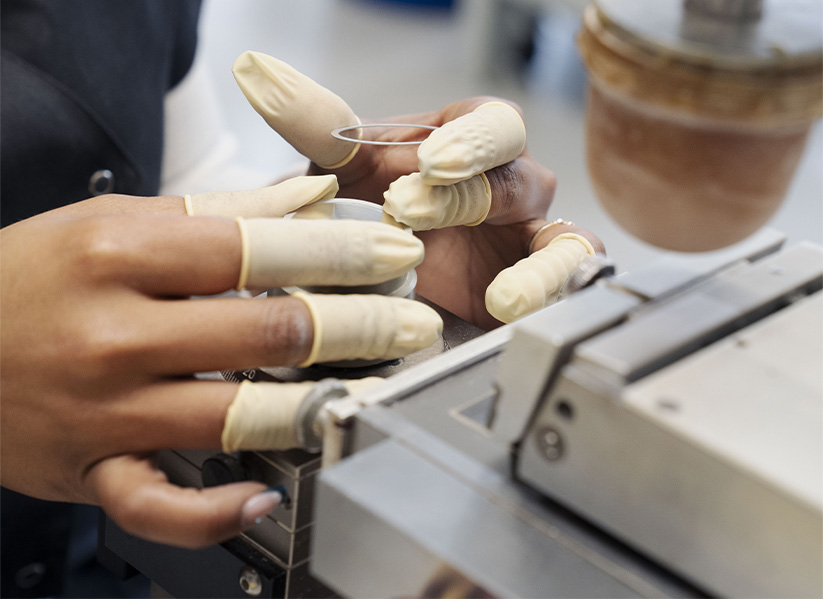
NOS CERTIFICATIONS
Certifiée ISO 9001 et 14001 COLORAL prête une importance toute particulière à la qualité de vos produits. Chez Coloral les aspects sociaux et environnementaux font partie de nos valeurs de base nous sommes labellisé Entreprise Citoyenne.
